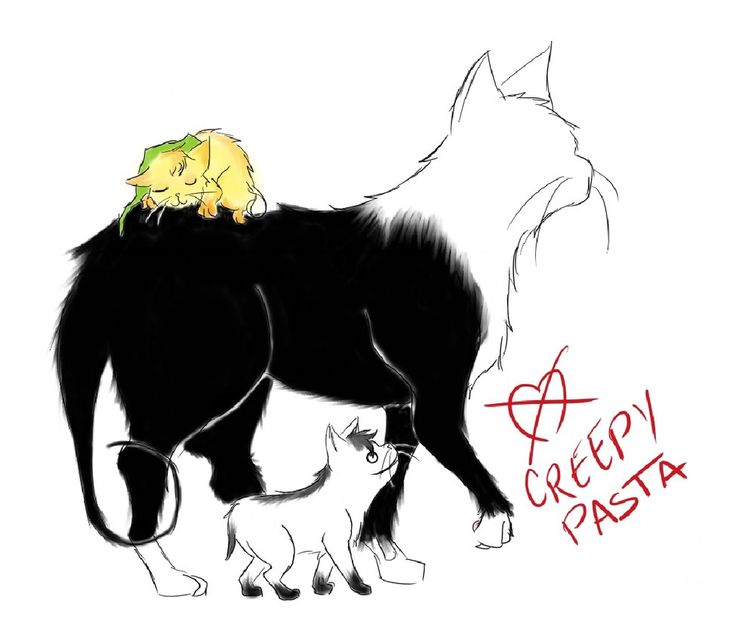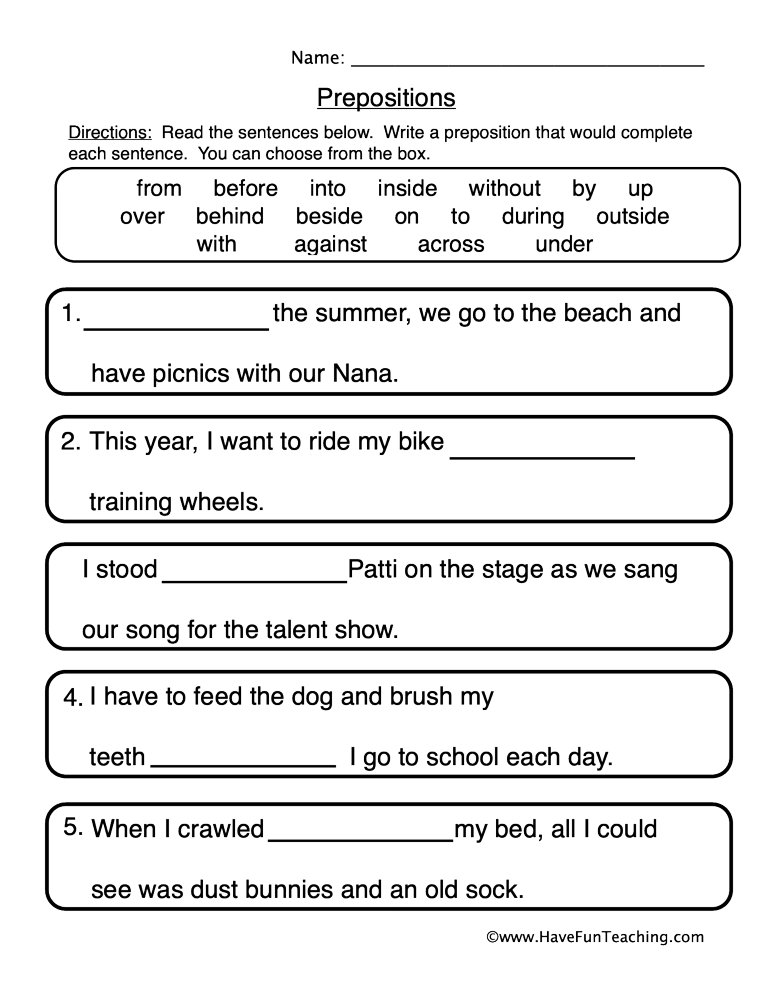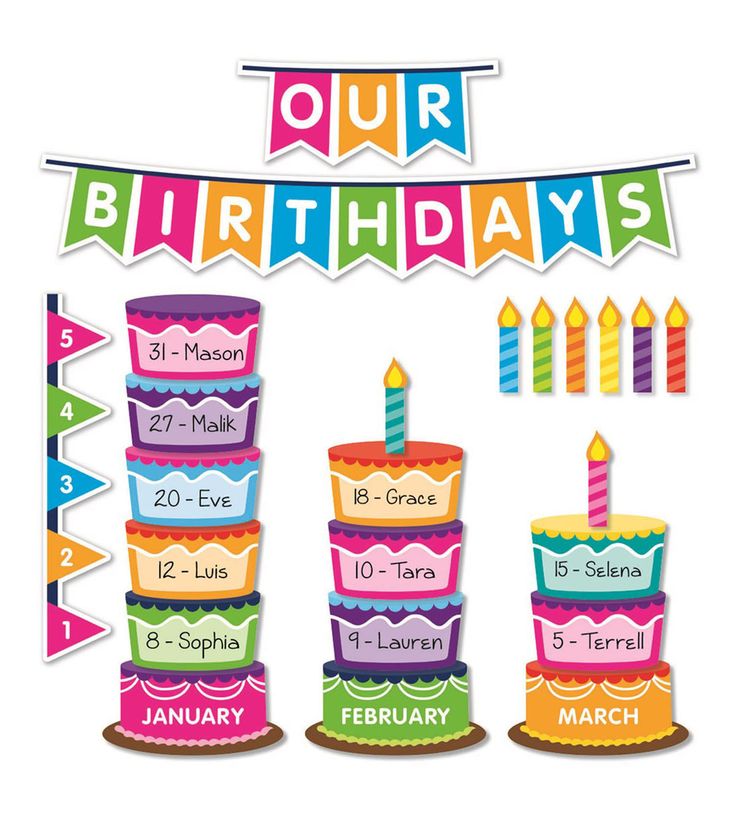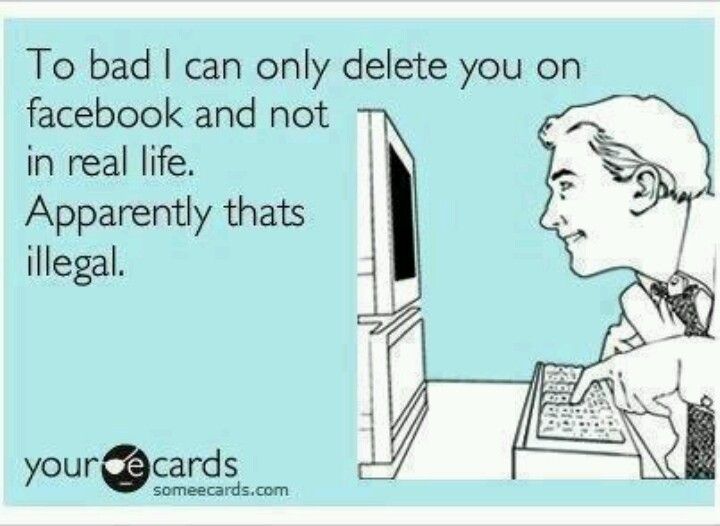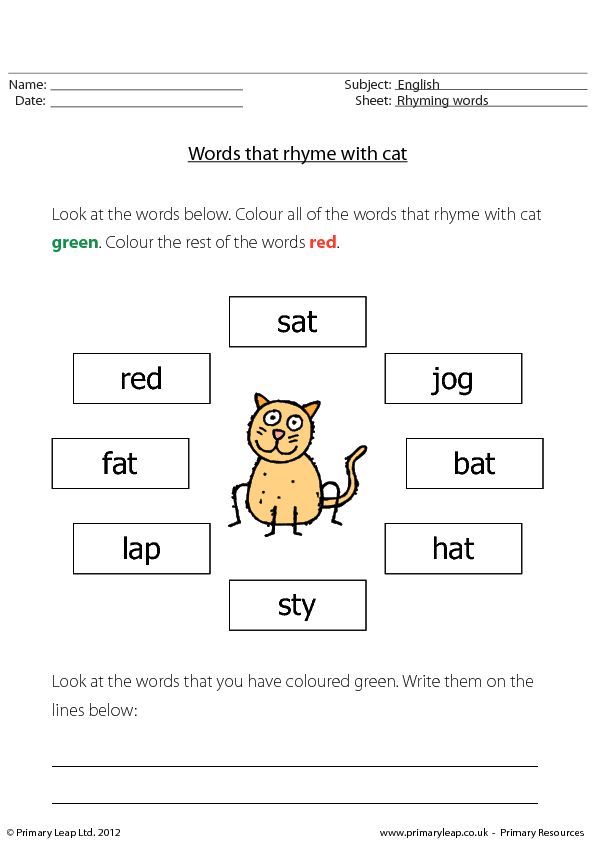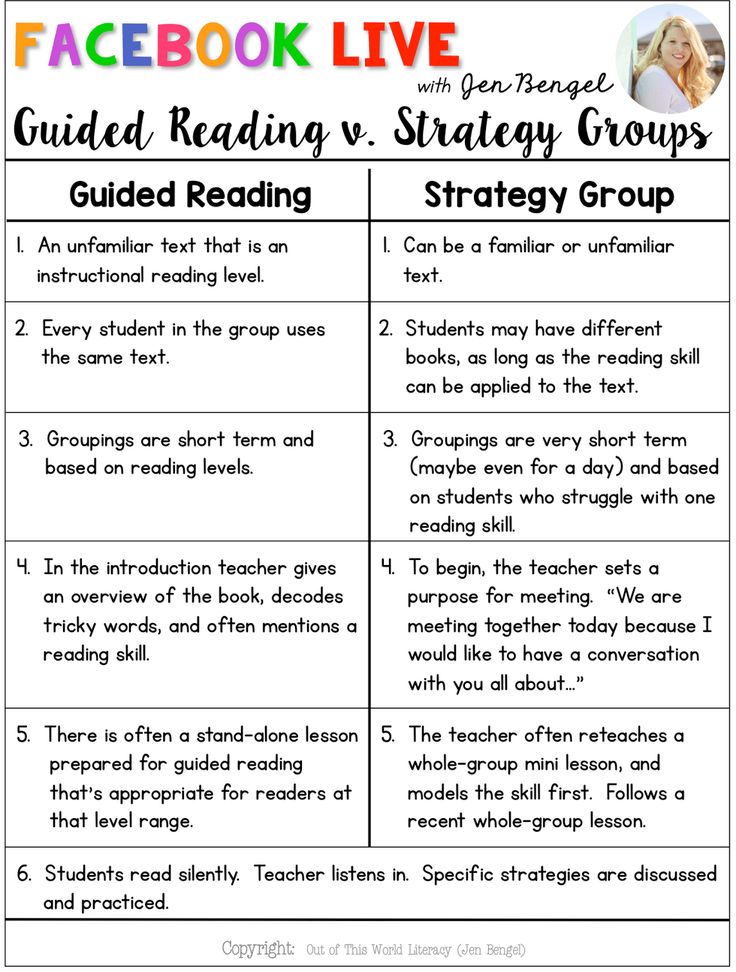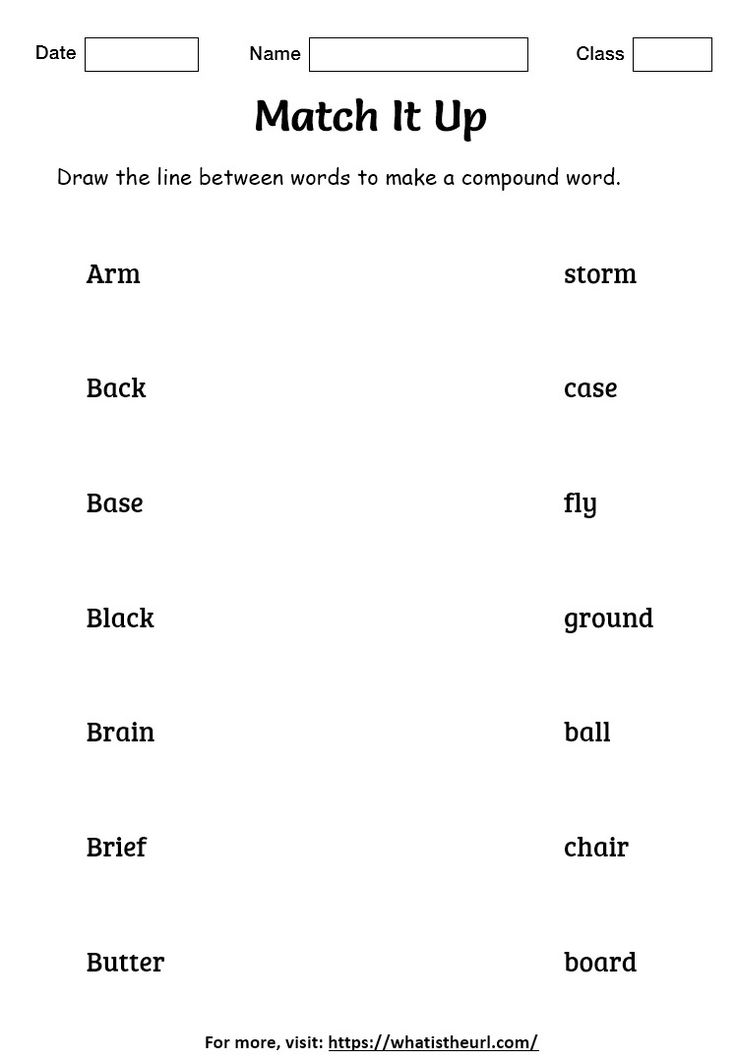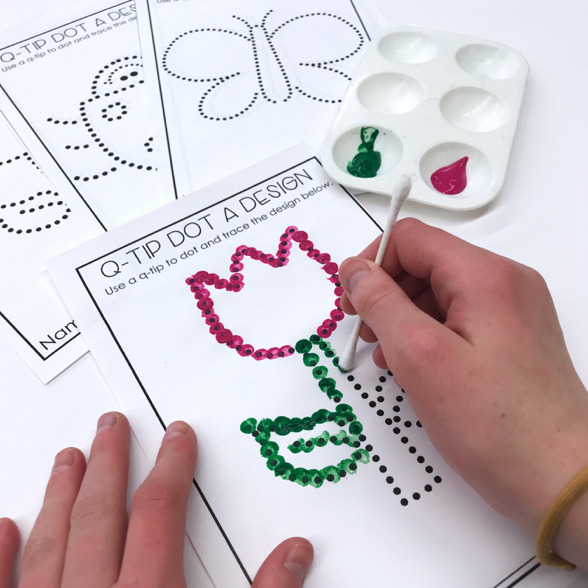How to make an alphabet
Designing an Alien Alphabet
A screenshot from Spryke, showing various uses of its custom alphabet.
A great way to enhance a gameworld's believability and atmosphere is to make a custom alphabet for it. The written word is all around us, and plays a major role in making our world look and feel the way it does. A unique alphabet helps make a unique gameworld.
Anyone who's ever tried designing a font knows how difficult it is. Our brain is very sensitive to disturbances in the flow of readability, and each tiny alteration to curvature or line thickness can mean the difference between elegance and awkwardness.
The good news is that the rules are much looser when designing a fictional alphabet, and it can be very fun. But there's more to it than just throwing down some random squiggles! I've recently designed a complete alphabet for Spryke, and I'll take you through my whole process.
The benefits of adding a custom alphabet to your game
First off, let's take a look at some reasons you might want to design a custom alphabet for your game.
- Written language is everywhere, and is a key component of culture (even its absence in oral cultures is a key component of those). If you want your world to feel like it has its own living, breathing culture, then you need to think about its written language.
- If your game is set in a fantasy or sci-fi world, your characters probably don't speak/write English. Which begs the question: what do they speak/write?
- If your game is in a fictional present-day country, a bespoke alphabet shows that you've put some effort into making your country feel unique, rather than just lazily assembled a bunch of general racial stereotypes, à la the Just Cause and Far Cry series.
- Your alphabet could be used as a sort of code that your players need to try and decipher. You could even base puzzles around it.
- A fictional alphabet means you can populate your world with billboards, signs, and slogans, without having to actually write catchy and convincing content for those billboards, signs and slogans.
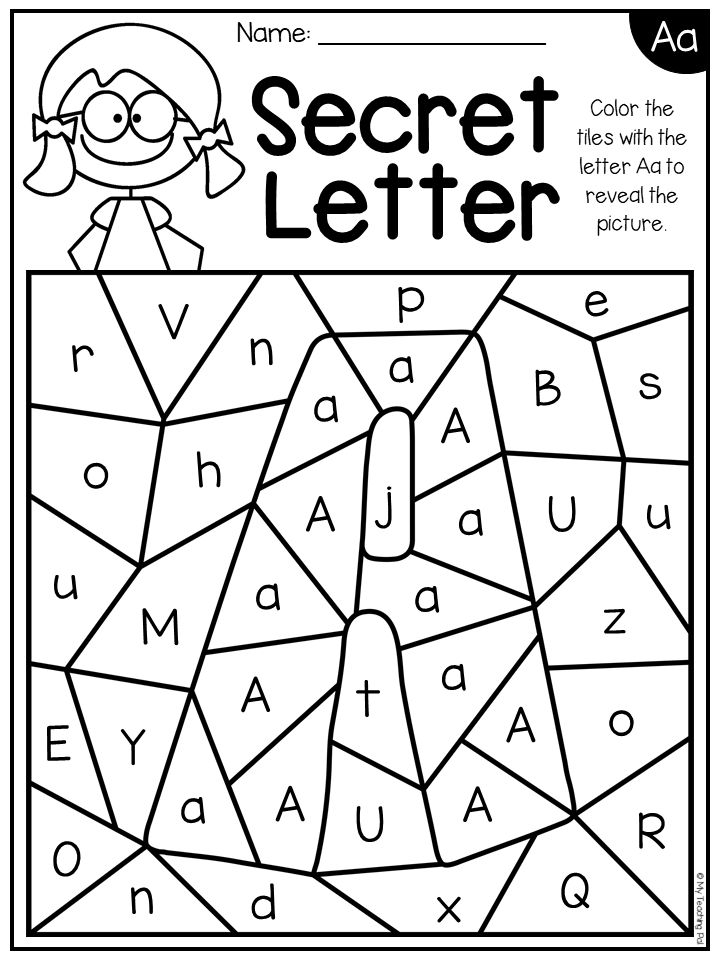
- If you have a number of different cultures/races/species in your game, using multiple alphabets would be a good way to differentiate between them, even when the characters themselves aren't present. For instance, inscriptions in an ancient ruin could indicate the presence of a long-gone foreign race, while text on an empty space ship could emphasise that it belongs to an enemy.
- Designing a bespoke alphabet is fun!
Text says a lot even if you don't understand it. It conveys cultural and aesthetic cues, and can evoke familiarity, strangeness, simplicity, complexity, grace, order, and more.
Step 1: Consider your gameworld's culture
An alphabet's aesthetic and functional aspects reveal a lot about its creators. Its forms naturally spring from the traits of the home culture.
Take this ancient alphabet, for example:
Comprised mainly of sturdy, masculine shapes, these glyphs have a uniformity of size and economy of form that makes them seem almost
engineered, rather than merely written.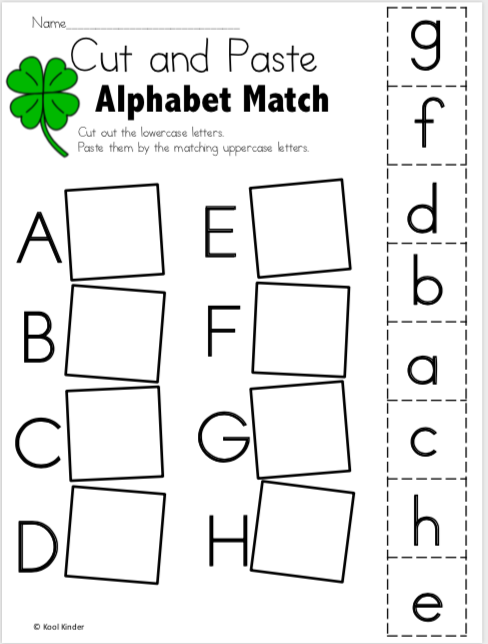 They are solid, upright, efficient.
They are solid, upright, efficient.
Judging by this alphabet, one could imagine that it was created by a pragmatic, rigid culture that prized order, strength, and structure. And actually, that's not a half-bad description of the ancient Romans.
Now look at these characters from another ancient alphabet:
These lack the frugality and symmetry of the Latin characters, and are much more complex, intricate, and floaty. One could suppose that the culture that created them was one that cherished sophistication, artisanship, and nuance.
Now examine a third ancient alphabet:
These jagged, spiky shapes have neither the balance and structure of the Latin letters, nor the grace and complexity of the Chinese ones. Instead, they evoke an aggressive, almost savage vibe. And so they should; they are the Dovahzul alphabet: the ancient language of Skyrim's dragons.
Your game's alphabet can (and will) inform your audience about your gameworld.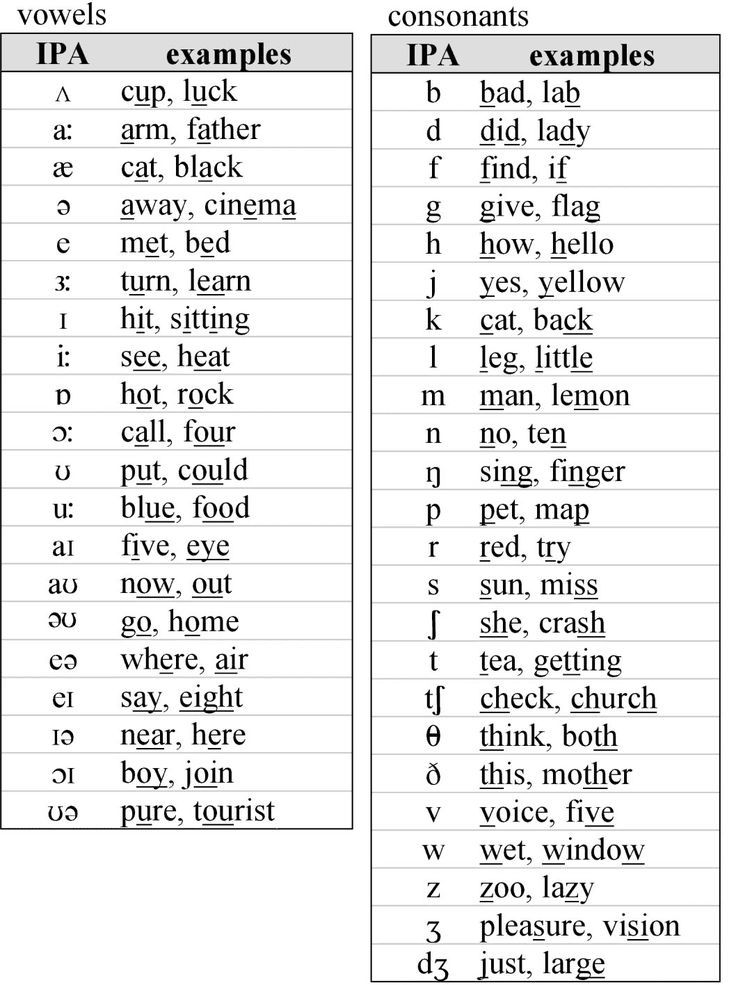 If your alphabet looks interesting, boring, complex, or frivolous, your game's inhabitants will seem interesting, boring, complex, or frivolous. Use this to your advantage, and make sure that it's communicating the message you want it to convey.
If your alphabet looks interesting, boring, complex, or frivolous, your game's inhabitants will seem interesting, boring, complex, or frivolous. Use this to your advantage, and make sure that it's communicating the message you want it to convey.
Step 2: Consider your gameworld's technology
Apart from looking cool and a little bit hostile, there's another reason the dragon alphabet above is comprised mainly of long heavy slashes: It was carved by dragons. Dragons didn't have pens, brushes or chisels, but claws, and the clever designers at Bethesda took this into account.
You may not have consciously thought about these logistics when looting Skyrim's tombs, but you probably noticed it unconsciously on some level. By considering not just the alphabet's personality, but also its logistics, the Bethesda crew designed an alphabet that feels right.
There are various technological factors that can influence a successful alphabet. These Anglo-Saxon runes were usually carved into wood, so they avoid curves and horizontal lines (straight lines were easier to carve, and horizontal lines could have caught in the wood grain and split the wood):
Conversely, this gorgeous Sinhala alphabet from Sri Lanka avoids straight lines and corners (Sinhala was written on fragile palm leaf paper, and sharp corners would have caused tearing):
As you can see, technological considerations can have a profound impact on the look of your glyphs. Paying attention to technological logistics won't just make your alphabet more believable, but may take it in an exciting aesthetic direction.
Paying attention to technological logistics won't just make your alphabet more believable, but may take it in an exciting aesthetic direction.
Some things to think about:
- What tools would the people/creatures in your game use to write with?
- What surfaces would they use?
- Do they have an abundant culture that would foster artisanship?
- Do they live in a dangerous world and use a minimalist alphabet that is easy to write in a hurry?
Spryke is set in a distant planet sci-fi setting, so my alphabet needed to look somewhat modern (as it would most often be rendered by precise machines, just like in our present-day world). It would also need to be alien and unfamiliar, while maintaining an element of fun to suit the cartoony vibe of the game.
Step 3: Research
There are loads of writing systems on Earth - possibly more than you think. Look through a few of them to get ideas about what your own will look like.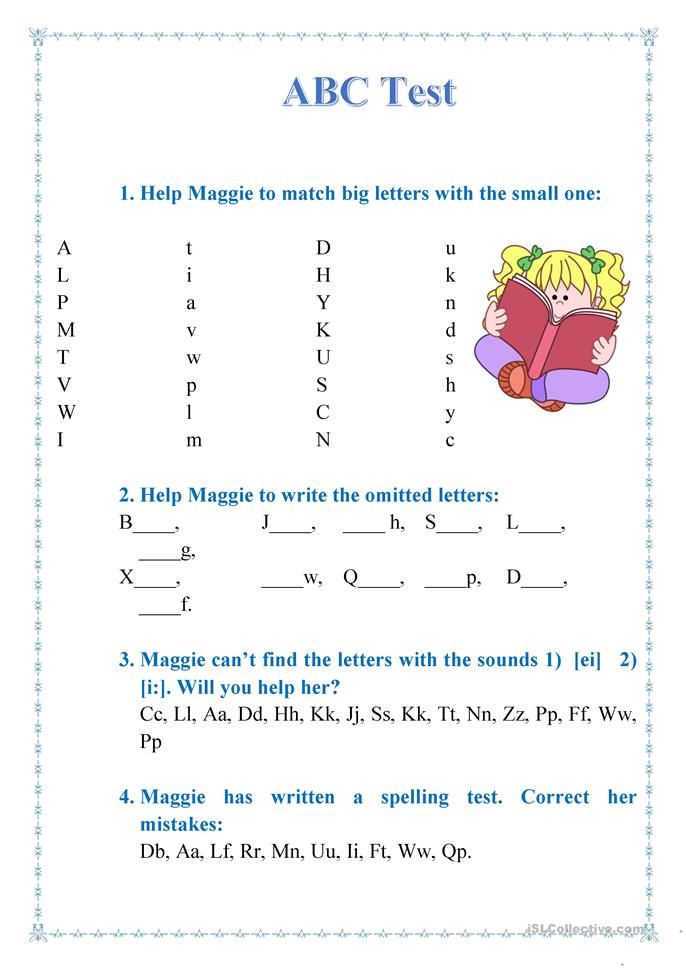
One of my favourite alphabets is this Mkhedruli alphabet (from Georgia)
Another favourite is the Ge'ez (Amharic) alphabet, which I first saw on a hand-written letter from my Ethipian sponsor child. I had never seen it before, and I loved how beautiful and unusual it was.
So, do some research and get ideas. Don't forget to check out different fonts where possible, as they may employ different design solutions. After all, a traditional Japanese scroll will have a dramatically different aesthetic to downtown Tokyo neons.
But if you're like me, inspiration is just a few centimetres away!
Both of my arms are tattooed with a prayer written in Glagolitic, an ancient Slavic alphabet. Convenient! Clearly, I have an affinity for this alphabet, and so this is the one I chose as my starting point.
Step 4: Choose your elements
Most writing systems are constructed using just a few building blocks, in various combinations. It's a good idea to pick your building blocks before you start designing any characters. This will help you create a cohesive design while guarding you from relying too heavily on the shapes of your native alphabet.
It's a good idea to pick your building blocks before you start designing any characters. This will help you create a cohesive design while guarding you from relying too heavily on the shapes of your native alphabet.
Pick a few appropriate shapes that will form the backbone of your alphabet's aesthetic. Remember to peruse existing alphabets for inspiration if need be.
Spryke's alphabet needs to look a bit cartoony, and like it belongs to an alien race. My starting point of Glagolitic is actually a pretty good choice, because it's unique looking and looks quite alien to modern eyes, having gone out of usage long ago. In addition, its hollow circle and equilateral triangle motifs lend it a certain geometric look that fits well with my desired cartoony vibe. To make my alphabet a bit more hi-tech looking, I focused on straight lines and precise angles.
I decided my core elements would be equilateral triangles (3 sizes), circles (2 sizes), and angles of 45,60,90, and 120 degrees
Step 5: Sketches on Paper
Next, I used those elements to doodle several pages' worth of characters, referring to my Glagolitic alphabet (ie.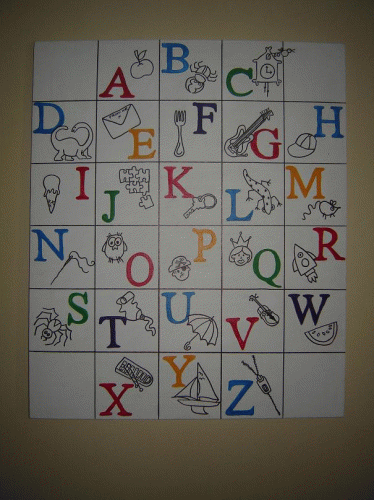 looking down at my arms) as I went. Some characters looked good, others sucked, and most took several iterations to find their sweet spot.
looking down at my arms) as I went. Some characters looked good, others sucked, and most took several iterations to find their sweet spot.
Step 6: Vectorise and finalise
Once I had loads of characters on paper, I went back through them and circled the 40 or so that had the most promise. I ported these into Photoshop using the vector shape tools (You could of course use Illustrator or some other software). After plenty of fine tuning and iteration, my alphabet finally took shape. I'd created 52 finished characters in all:
Some things to consider while working on your characters:
- Keep line thickness as consistent as you can
- If a particular character calls for it, feel free to deviate from your core shapes, angles, and line thicknesses. Just don't deviate from them thoughtlessly or by accident.
- As with all design, the secret is in iteration, iteration, iteration.
- Try all of your designs flipped or rotated - they might look better that way
- Decide how the weight of your alphabet will feel.
 Will your characters be grounded downwards like Latin, pull toward the heavens like Hebrew, or float weightlessly like Chinese? I chose to centre mine weightlessly, as I felt that this made them feel more digital, spacey, and self-contained.
Will your characters be grounded downwards like Latin, pull toward the heavens like Hebrew, or float weightlessly like Chinese? I chose to centre mine weightlessly, as I felt that this made them feel more digital, spacey, and self-contained. - Only do uppercase/lowercase if you have a really good reason for it, as it'll double your workload. Many real-world alphabets only have one case.
Step 7: Punctuation
Forgot about punctuation, didn't ya? For our purposes, there are two types of punctuation, which I'll call structural and emphatic.
- Structural punctuation - such as commas, dashes, and semicolons - is punctuation that helps readability by organising sentences correctly; we don't really need it here, since our fictional text won't be readable anyway. Though feel free to include it in your alphabet, as it may add: visual interest, authenticity, diversity.
- Emphatic punctuation emphasises the context of a phrase by indicating that the words "came from somewhere else" or that they are very important!! Could emphatic punctuation even be used to emphasise uncertainty? Or perhaps even.
 ...............................silence?
...............................silence?
Whether or not you need punctuation at all is up to you and the specifics of your game. I decided that Spryke won't need structural punctuation, but could benefit from some emphatic punctuation.
If you choose to use emphatic punctuation, you must make it somehow decipherable by your audience, even though the rest of your alphabet isn't. There's no point inventing a question mark symbol to replace "?" if people will think it's just another letter.
There are several ways to tackle this:
- If your game's inhabitants are modern day humans, it may be appropriate to just use English punctuation marks, since some modern-day non-Latin languages also use them.
- You could use creative variations of English punctuation marks that look somewhat original, yet still understandable.
- You could ditch punctuation marks altogether and rely on other methods to emphasise certain words, like colour, spacing, italics, bold, underlining, and size.
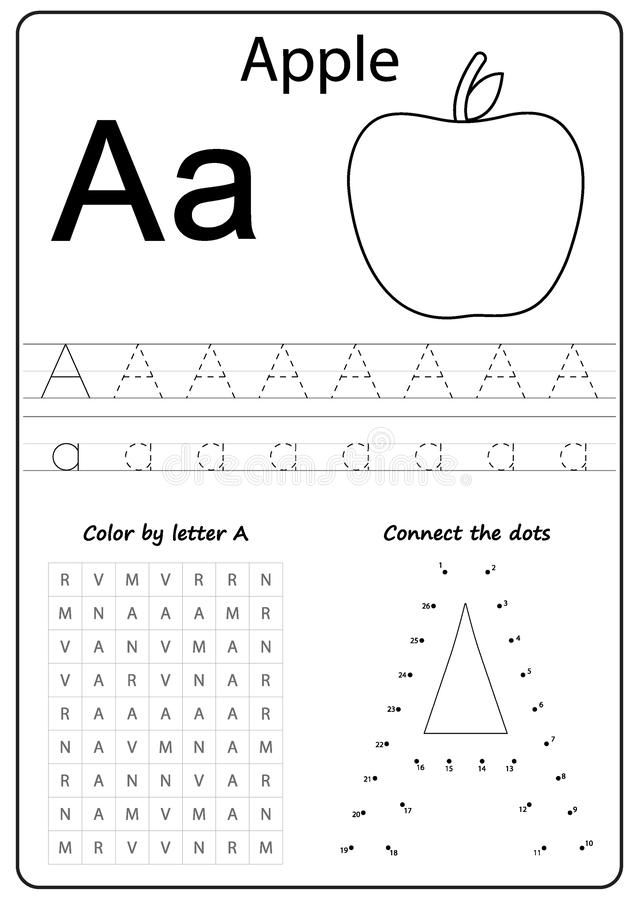
- You could make your punctuation marks look so different from your letters that there's no mistaking the two.
I went with the last option, and made three different punctuation marks. My players won't know what exactly they mean, but the marks should stand out enough to make it clear that they imply emphasis of some sort. Their unique design, raised position, and parenthesis-like clumping of other characters should all help with that.
Step 8: Numerals
As with emphatic punctuation, numerals need to be visually different from your letters. For Spryke, I achieved this in two ways. First, I made them smaller and more uniform in size. Second, I constructed them from different shapes.
I exclusively used arcs (incomplete portions of circles), to give them a different appearance from the letters, which were made from complete circles, triangles, and straight lines.
Step 9: Fonts
I'm writing this in a small home office, yet I can see more than 20 different fonts without even getting off my chair: several across my computer screens, a different one on the logo of almost every appliance and piece of computer hardware in the room, and a few on an old bill on my desk.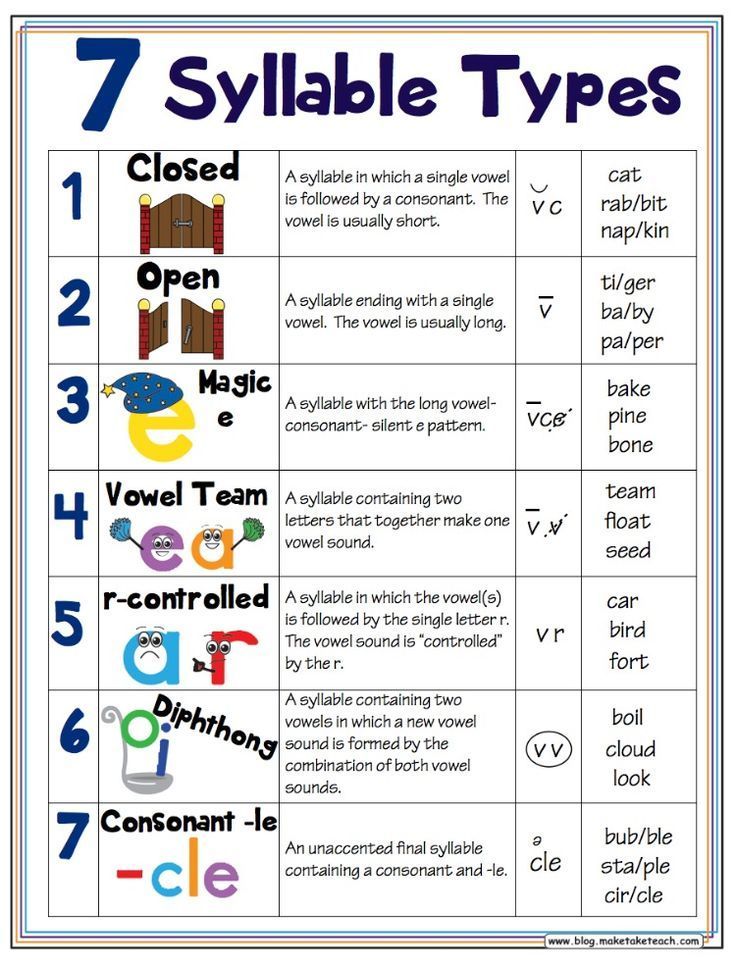 No matter where you are, I bet you'd find plenty of fonts around you too.
No matter where you are, I bet you'd find plenty of fonts around you too.
Our world is loaded with different fonts, and things would look weird if everything was suddenly written in only one. So your gameworld should probably have a few fonts too. Making new fonts won't be quite as time-consuming as inventing your glyphs was, but it will still take a lot of work. I suggest making a few fonts, with specific use-cases in mind.
I made four:
- My original font, which works well at small sizes due to its thin, uniform line weight.
- A bolder one suitable for larger uses like building signs or machinery. I added slight curvature to various triangles and lines to give a softer, bolder look.
- A rough, scrawled version for graffiti, cave paintings, etc. This was the only version in raster format.
- A playful, stylised variant, for use on advertisements, neon signs, and the like. To give it a friendlier look, I eliminated most sharp corners, and tweaked the configurations of various characters, ensuring that white space between the various elements was kept loose.

Putting it all together
Various in-game elements throughout the world of Spryke, containing text, with various combinations of letters, numbers, punctuation and fonts.
Done! I now have a unique, cohesive, and interesting alien alphabet comprised of 52 letters, 10 numerals, 3 punctuation marks, and 4 fonts (that's 260 characters in total). I can now pepper it throughout Spryke's gameworld as I continue to develop it, confident that I have glyphs to suit any context.
I hope this helps someone, and if you've designed your own alphabet, I'd love to see it!
This article was originally posted at the Volnaiskra devblog. You can continue to see Spryke evolve by liking my facebook page.
The Walk of Words: Creating a Fantasy Language: creating an alphabet
(Creating a fantasy language: (Lesson 1, Rationale, Lesson 2, Lesson 3, Lesson 4, Choosing words, Creating an Alphabet)
I mentioned in my last "Creating a fictional language" post that I enjoy creating symbols when coming up with words.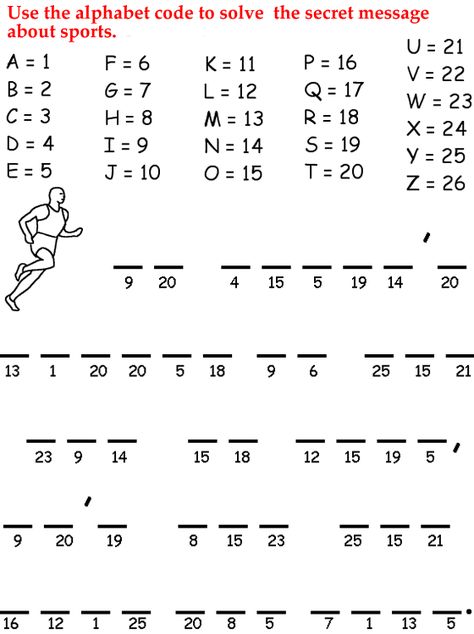 But there are a few ways to do that.
But there are a few ways to do that.
There are two essential ways to create an alphabet: Start with a set of sounds, or start with a set of "letters."
If you start with your sets of sounds, you simply draw a character for each sound. If you have a system that combines consonant and verb sounds, it may help to arrange your sounds in a chart. Then draw a character that will stand for each sound.
| possible words: "bahteelo"; "saybolay" |
You can also start with the symbols and assign them sounds. This works especially well if you have an alphabet-style language, which combines letters into words.
| Combine characters to make words: "kosnowch"; "groy" |
In each case, you'll want to decide if the sounds are analogous to English, especially verb sounds--do you have a single "o" letter for both "for" and "both"? Is "aw" different from "apple" or "apricot"? If you have multiple forms of a vowel, you may consider having different symbols for each pronunciation.
You might also decide the reverse, giving multiple pronunciations to a single character based on context. If so, I suggest holding off on deciding the rule until the end of establishing your alphabet (but you will need a rule.)
You may also have letters that "interrupt" or "add on" to sounds, especially if you have verb-consonant characters.
| "traton" would be "ta" in a box + "to" + "-n" And just ignore the "L" at the top I forgot to delete... |
In the example above, adding a box around a triangle would be pronounced "pray"; a box around vertical line would be "tro." Meanwhile, a dot above a triangle would be "pays" and above a horizontal line would be "tays" (like "taze"). I usually make modification sounds their own column.
(This example also has a couple of irregular letters in the "p" column: "pled" and "peel." Just because you follow a pattern doesn't mean your letters all play by the rules. )
)
If you've waited this long to create your language, you probably already have a good idea what major sounds your language uses. I typically also try to keep each letter to 1-4 strokes when writing it, with most being simple--after all, an inconvenient language takes longer to write.
Assigning a scribble to each letter doesn't take terribly long. It's memorizing the combinations that gets hard. Keeping each letter distinct can be tricky, and you may end up with a system like a vertical line for all "ah" sounds with different scribble variations denoting which consonant.
And of course, a 6-consonant language is pretty hard to work with. I've found that single-letter alphabets are shorter to work with, while consonant-vowel combos take more characters to make a complete alphabet. The more sounds that go into a single character, the more characters you'll need to express your entire language.
After you've put together your alphabet, consider if you want any characters to have special rules ("paw" never goes beside "tae"; "pled" never gets an "-n" added to it; "bay" when combined with "-ed" sounds like "blade"; etc).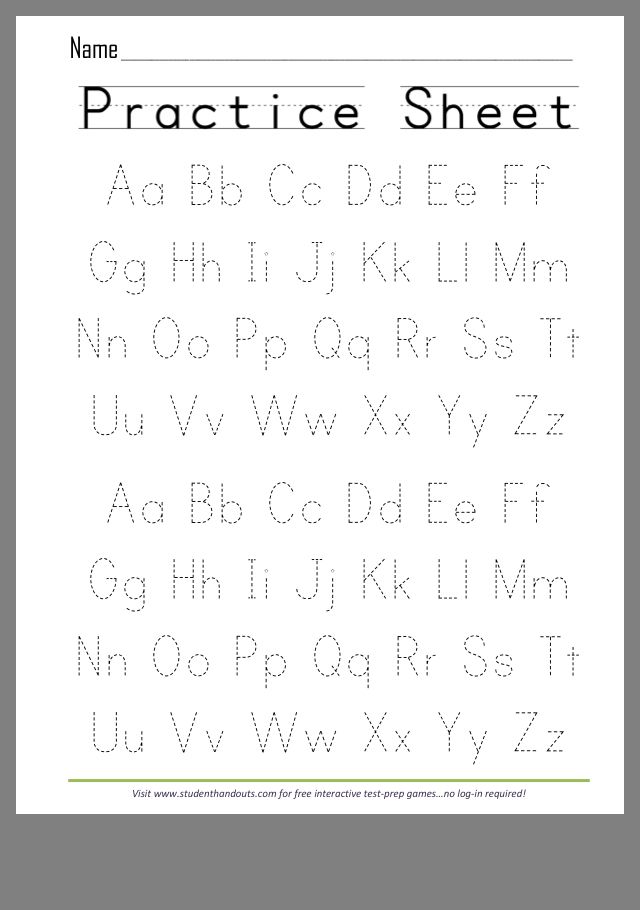 If you've started with a language and have a list of rules, add these rules to your list; they're just as important.
If you've started with a language and have a list of rules, add these rules to your list; they're just as important.
Then it's just practice. Write a couple of words in the language (if you have a vocabulary list, try a few already on it. Then try a sentence or two.)
As a final step, think about punctuation. How do you denote sentence stops and sentence beginnings? Or do you? I find it a lot easier to have the basics period and comma, at the very least. Or if not a period, then a sign that new sentence is beginning.
(Creating a fantasy language: (Lesson 1, Rationale, Lesson 2, Lesson 3, Lesson 4, Choosing words, Creating an Alphabet)
5 Ways to Learn the Alphabet Quickly and Easily with a 3-6 Year Old Child – Somersault
Before learning the alphabet with a child, it is important to understand what you are not going to do. Namely, learning to read. This is a more complex skill, so it is worth putting it off until the time when the child gets acquainted with all the letters and will confidently recognize them and write on their own. Until then, put off the alphabet and reading by syllables.
Until then, put off the alphabet and reading by syllables.
In this article, we have put together the basic principles to quickly learn the Russian alphabet with a 3-6 year old child in a playful way. For all games with letters, you can use plasticine, paints and any improvised means or magnetic letters - they will easily attract the attention of the child.
Contents:
- Learn the Alphabet Easily: Basic Principles
- 5 ways to learn the alphabet with your child
- From alphabet to reading
How to Learn the Alphabet Easily: Basic Principles
Each child can find an easy way to learn the alphabet that suits him or her, but there are basic principles that are important for all children. If you do not follow them, study will turn into drill and the child is unlikely to ever love to read. Here are a few such principles on how to properly learn the alphabet for a child.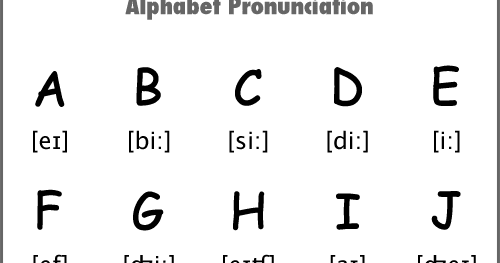 nine0003
nine0003
- Learn sounds first, not letters . At the first stage of learning, it does not matter how the letters in the alphabet are called correctly. Now only sounds are important for the child - "d", and not the letter "De". The names of the letters will only confuse the child, who first needs to learn to recognize the shape of the letters and their sound.
- Not learning the alphabet in the correct sequence . Until a child goes to school, it is of no use to him to know how the letters are arranged in the alphabet. This information will only distract him from what is really important: how the letters look and sound. The sequence of the alphabet can be learned later or even at school, where this knowledge will be tested by the teacher. nine0016
- Do not turn learning into a lesson . Learning from call to call is difficult even for children at school, let alone a baby. Therefore, all learning should take place in a playful way and not for long: 5-7 minutes a day to get acquainted with the letters will be enough.
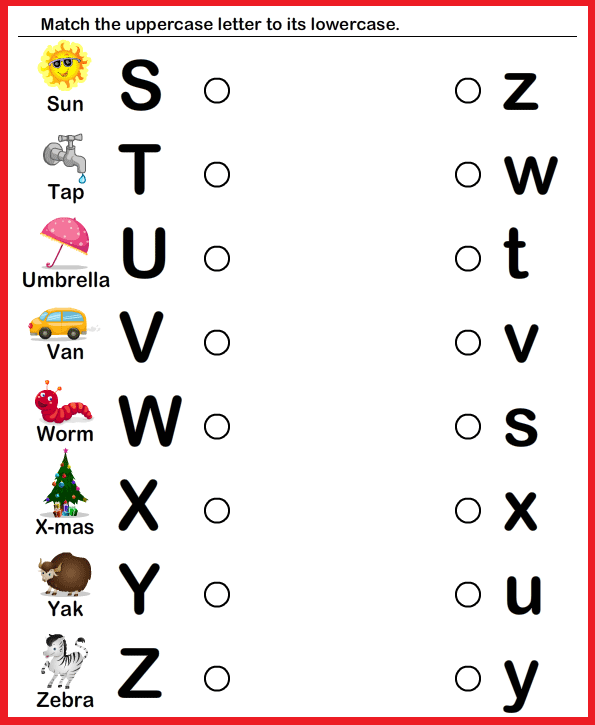 Gradually, this time can be increased, especially if the child likes the proposed games with letters.
Gradually, this time can be increased, especially if the child likes the proposed games with letters. - Use material objects . At the age of 3-6 years, the child learns the world by touch and taste. It is difficult for him to work with abstract letters spoken aloud. Therefore, it is better to stock up on plasticine and paints and create letters that are more understandable to the child and can be touched. Such a game for children will allow the child to learn the letters of the alphabet and he will recognize them in different forms regardless of what they are made of. nine0016
- First vowels, then consonants . Vowel sounds are easier to pronounce, so it's worth starting with them.
The main thing is not to force anyone. If you see that the child is inquisitive, enjoys exploring the world and is ready to learn, you can move on to learning letters and the alphabet. So the child will be happy to learn the alphabet in a playful way and gradually learn to read.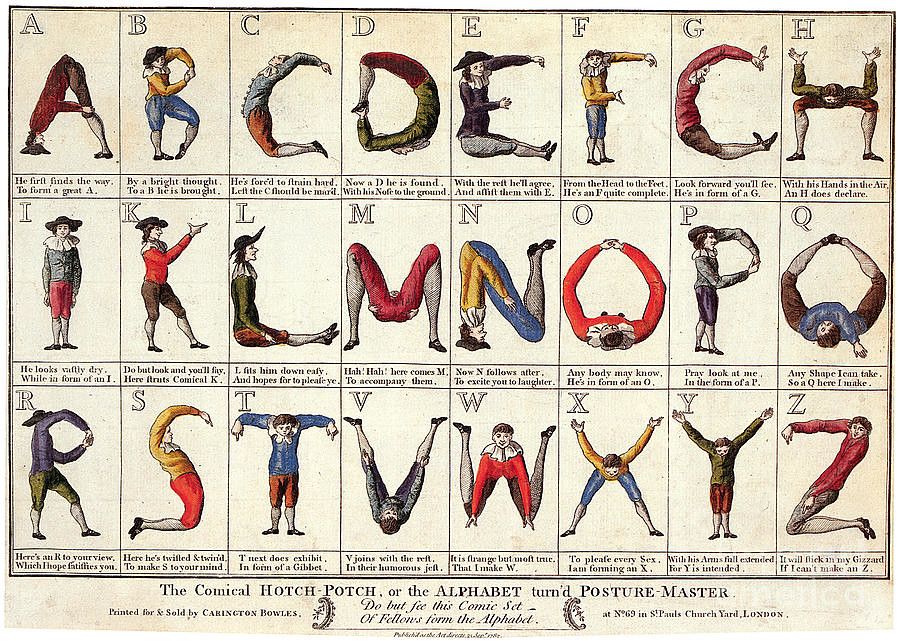 So that the game is not abstract, you can use the magnetic letters TUMBLING.
So that the game is not abstract, you can use the magnetic letters TUMBLING.
5 ways to learn the alphabet with your child
1. Use an interesting topic to study
Use your child's interest to spur his motivation to learn. For example, if your kid is crazy about cars, let them be the topic in which you learn the alphabet. Use any words related to cars:
"A" - bus
"B" - trunk
"C" - driver, etc.
You can show cars and their parts, draw or sculpt from plasticine. It is important that the child's focus shifts from learning to doing what they love. Additionally, the method will help expand vocabulary and knowledge about the world. nine0003
2. Cross out a letter of the alphabet in the list
Fill in a small square with arbitrary letters. The task is to cross out only the letter that you are studying. This will help the child focus on one letter and not get distracted by the ones he doesn't remember or don't know.
3. Pulling the letters of the alphabet out of the pouch
The soft-touch magnetic letters are perfect for this method. Put the letters in a bag and give the child the task, without looking, to pull out only the letter that you thought of. Let there not be too many letters in the bag, otherwise the child will get confused. 6-7 pieces will be enough. To start, use letters that are very different in shape, such as "O" and "M". Gradually, the complexity can be increased and searched among similar letters, for example, "K" and "X". Don't forget to praise and encourage your child. You can alternate the learning process with desktops. nine0003
4. Recognize letters of the alphabet by ear
You pronounce a word, and if it contains a hidden letter, the child claps his hands.
With this game for kids, you can learn individual letters or the entire alphabet. For example, you name a word, and the child inserts its first letter into the insert frame.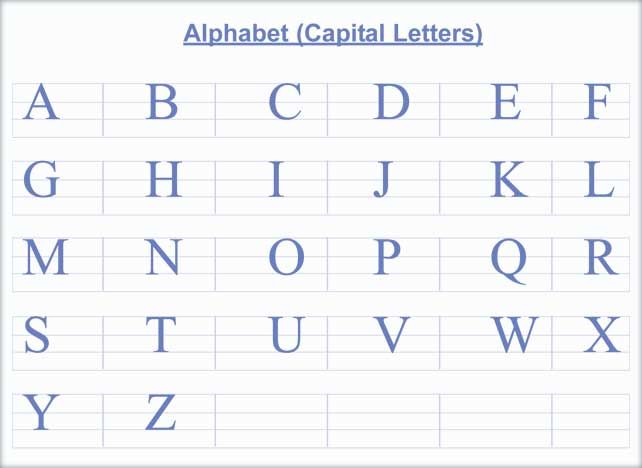 To stimulate your child's interest, you can use only words from his favorite topic, for example, the names of animals.
To stimulate your child's interest, you can use only words from his favorite topic, for example, the names of animals.
5. Guess words starting with the first letter
You choose one letter and think of a word that starts with that letter. For example, the letter "Z":
- What is this animal with big ears and loves carrots?
- Hare!
This game form is again suitable for learning individual letters or the entire alphabet. If you learn only one letter, the child gets used to quickly recognizing it in different words. And if you give words with different letters, the child as a whole learns to understand with which letter they begin. With the study of the account and the English language will also help TUMBLING.
From the alphabet to reading
When a child learns the Russian alphabet, confidently recognizes all the letters in different words and can draw or mold them on his own, it is worth moving on to reading. Because you need to learn the alphabet just so that the child can read. If knowledge is not used, it will hang as an extra burden, and by the time school will be forgotten. Therefore, you should not learn the alphabet too early: at 3-4 years old, a child is simply not interested in reading books in order to learn something new. He is more interested when his mother reads. Conversely, by the age of six, the child will be glad to have his own books to read them himself. nine0003
If knowledge is not used, it will hang as an extra burden, and by the time school will be forgotten. Therefore, you should not learn the alphabet too early: at 3-4 years old, a child is simply not interested in reading books in order to learn something new. He is more interested when his mother reads. Conversely, by the age of six, the child will be glad to have his own books to read them himself. nine0003
How to quickly learn the alphabet - learning letters with a child
Letters are all around us. The child sees them in books and magazines, on product packaging, in shop windows. He can't help wondering what it is. Over time, he begins to understand that adults can read, begins to copy his parents, having learned a poem or a fairy tale by heart, and pretending that he is reading a book.
Experts recommend teaching a child to read shortly before school, since at an earlier age his brain is not yet ready to perceive such information. You can learn sounds with it, learn to distinguish them in oral speech, start mastering the alphabet.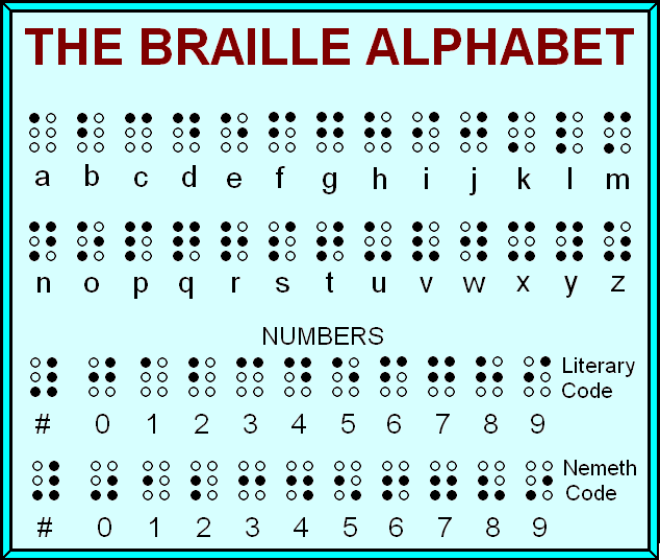 This pre-letter period is very important, because thanks to it the child will be able to learn to read fluently and understand what he read. nine0003
This pre-letter period is very important, because thanks to it the child will be able to learn to read fluently and understand what he read. nine0003
At what age do you start learning letters?
Many parents are sure that a child's development should start almost from the cradle. But neuropsychologists warn that learning letters and numbers before the age of 3 is harmful. At this age, the emotional and sensory sphere should be formed. If we force a child to learn, then we violate the laws of brain development, which can have negative consequences.
No specialist will tell you that at the age of 3 or 4 a child should know all the letters. Of course, if you wish, you can force him to learn the alphabet, but this will not be useful, but, on the contrary, can harm. The brain is ready for reading most often by the age of 5-6, and only in 20% of babies - by 4-5. Before this time, it is not worth studying letters. nine0003
But this does not mean that you can forget about the development of the child. At 3-4 years old, you need to work on the development of speech, teach the baby to ask and answer questions correctly, pronounce words, and study the world around him. You need to work on fine motor skills, teach him to dance, form a sense of rhythm, and so on.
At 3-4 years old, you need to work on the development of speech, teach the baby to ask and answer questions correctly, pronounce words, and study the world around him. You need to work on fine motor skills, teach him to dance, form a sense of rhythm, and so on.
These are the recommendations. However, all children are different. If a child has shown a sudden interest in letters, it means it's time to start learning. And it does not matter if it manifested itself late, for example, at 6 years old. The child should want to read, only after that you can study with him. nine0003
Psychologists note several signs that indicate a child's readiness for learning:
- The child perceives well what he has read by ear and can tell what the book is about.
- He knows how to build phrases, pronounce all sounds.
- Interested in what is written in a children's magazine, book or poster.
- Pretends to read, imitating adults.
If all these signs appear, you can start classes.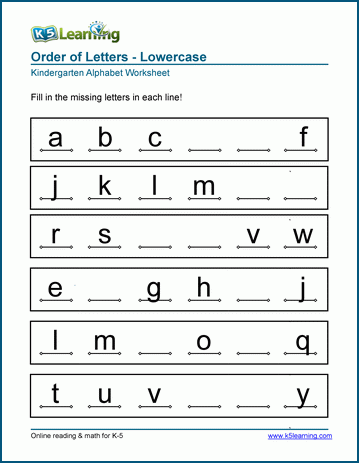 You can’t put pressure on a child, force him to study, bribe him (“learn the letters - I’ll give you a chocolate bar”) - this will not achieve anything. nine0003
You can’t put pressure on a child, force him to study, bribe him (“learn the letters - I’ll give you a chocolate bar”) - this will not achieve anything. nine0003
In those cases where the interest in letters appeared early, there is no need to give up classes. But do not overload the baby, work with him for no longer than 7 minutes, classes do not have to be done every day, you can take breaks of 2-3 days.
How to start learning the alphabet?
The child began to show interest in letters. No need to immediately load it with knowledge, cramming the alphabet. Move a little. The easiest way for children to remember the first letter of their name. Explain to him what this letter is, what it is called. You can ask him to find this letter in the text. Gradually, he will learn to highlight it, will pay attention to it. The first step has been taken. nine0003
Parents now trust their children's education to various children's tablets, phones and other similar toys.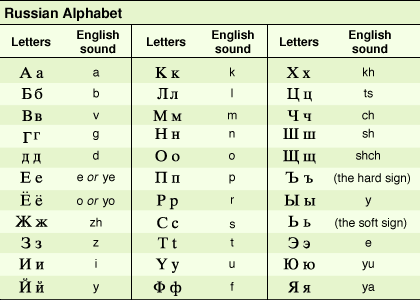 Remember that they are teaching letters, not sounds. Toddlers need to be taught precisely sounds, so it will be easier for them to master reading.
Remember that they are teaching letters, not sounds. Toddlers need to be taught precisely sounds, so it will be easier for them to master reading.
A letter is a graphic representation of sound, each has its own name. But learning to read, knowing only the names of the letters, is very difficult. Imagine that the child will need to read the word "ball". How will he do it? Just as he was taught: "beael". And all because he pronounces letters, not sounds. nine0003
It is better to start learning with sounds, pronouncing them with the child. Parents themselves should not confuse sound and letter. Sound is what we hear. A bumblebee buzzes - this is a sound, a hammer knocks - this is also a sound. But far from all sounds we can get words. If we clap our hands, the sound will appear, but the word will not.
You can create a word from special sounds called speech sounds. Make sure that the child does not confuse the letter and sound. Explain to him that a letter is an icon that can be seen in a book or drawn on paper. Letters can be seen with the eyes and sounds can be heard. nine0003
Letters can be seen with the eyes and sounds can be heard. nine0003
General recommendations for teaching a child
If you decide to work with a child, remember the basic rule - he should be interested. You can't force him. At this age, the easiest and most accessible way of learning is through the game.
It is difficult for kids to concentrate, to sit in one place for a long time, so classes should be short, 5-10 minutes each. As soon as you notice that he has become bored, switch to something else. If he forgot everything that you went through, do not get annoyed, repeat again until he remembers. If you overload your child with information, he will develop an aversion to learning. nine0003
At an early age, a child develops visual-figurative thinking, and only then - abstract-logical. This means that it is useless to draw letters on paper or a board. So you can't learn them. For him, it will be just a set of dashes.
The child needs a visual association. For example, if you are learning the sound "a", you can show him a picture of a watermelon or any other item that starts with that letter. Stock up in advance with soft cubes with letters, bright cards, coloring books, beautiful colored primers. nine0003
For example, if you are learning the sound "a", you can show him a picture of a watermelon or any other item that starts with that letter. Stock up in advance with soft cubes with letters, bright cards, coloring books, beautiful colored primers. nine0003
Do not learn letters in alphabetical order. It is better to start learning with vowel sounds. The letters that are most often found in speech are studied first, then you can move on to rarer ones.
How to learn vowels?
First, explain to your child that all words are made of sounds, just as houses are made of bricks. The more sounds in a word, the longer it is. After that, you can proceed to the study of sounds.
Start with "a" . You can show the baby pictures that show objects whose names begin with this letter. Draw with him the mouth that makes this sound, note how we open it wide. Let him try to name the words that begin with this letter. Do not overload the child: 1 lesson - 1 letter. nine0003
Try to consolidate the acquired knowledge. So you go to the kindergarten, you saw a pharmacy, let the kid try to find the letter that you studied. Bought a children's magazine, see if the title has the letter "a" . You can mold a letter from plasticine or dough, cut it out of paper. You can lay it out of sticks or sand.
It will be much easier for you to captivate your baby if you always have blocks with letters, bright books, cards at hand. You can sing a song about a letter or listen to a cheerful verse. nine0003
So, study all the vowels one by one. At the end, you can explain that the sounds that you have already learned are called vowels. These are sounds that can be sung. Try to sing together "a-a-a" or "u-u-u" .
Remember that we have 6 vowels ( a , o , y , e , s , and ) and 10 vowels. The letters i , e , i , i consist of 2 sounds. It is better to postpone the study of the latter for later, because there is no sound "i" , i is a letter consisting of 2 sounds. Do not confuse the child so that later educators and teachers do not have to retrain him.
How to learn consonants?
After you have learned the basic vowels ( a , y , and , o ) you can move on to consonants. You need to start with the simplest consonants ( b , p , m , n , t , g ). And here again we remember that we are teaching the child sounds, not letters. We know what to say0005 em ", " en ", " be ", but children don't need to know this yet. The child must learn that this is the sound " mm " or the sound " nn ". After the baby learns simple consonants, you can proceed to the study of hissing.
Just like with vowels, knowledge needs to be consolidated. Children may confuse letters. To prevent this from happening, play associations. You can ask the children to think of what this letter looks like. Look for objects on the street that resemble this letter. For example, you walked past the horizontal bar, it is shaped like the letter " p ", or look at the doorway, also resembles " p " in shape. Fold it out of pencils, look for it in store signs.
Alphabet Learning Methods
There are several popular methods for teaching children to read and memorize the letters of the alphabet. You can use them, especially since specialists worked on them. But, no matter what method you work with, it is important to remember that your classes should not resemble lessons at school.
Children at this age should play and get the information they need through games. Therefore, after a short training part, immediately proceed to an interesting, gaming one. Creative activities are also very useful, with the help of which you not only study letters, but also develop the child’s fine motor skills, improve his drawing and coloring skills, and strengthen the ability to use scissors. nine0003
Games and game exercises
There are a huge number of game exercises that will help you consolidate knowledge. We will give a few examples.
1. Find words with the right sound . You need to prepare cards that show different objects. The child must choose among them those in which there is a studied sound. First, you can simplify the task: ask him to find words that begin with this letter.
2. Catch the sound . To stretch a little, mother and child walk around the room. Mom calls different words. As soon as the child hears a word with the desired sound, he stops and claps his hands. nine0003
3. Think of the word . Ask your child to come up with as many words as possible with a certain sound. You can do this in turn, for example, first the mother calls the word, then the baby.
The task needs to be complicated, that is, the sound can be not only at the beginning of the word, ask him to come up with a word in which this sound will be at the end or in the middle. For example, you are learning the sound "a". First, you select words that begin with this letter - apricot, orange, then those that end in "a" - Moscow, jellyfish or contain the sound "a" in the middle - mosaic, eye. nine0003
4. Determine where the sound is hidden. You need to draw a simple word scheme: three squares connected to each other. Each square denotes its own: the beginning of the word, the middle and the end. Put this word scheme in front of the child, give him a chip.
You name different words, and he must show on the diagram where the sound that you pass is located. For example, if you called the word "watermelon" (you can show a picture), the child must put the chip in 1 cell, and if the word "fox" - then in the 3rd cell. nine0003
5. Ball game . An adult throws a ball to the child and calls different words. If they have a letter being studied, he catches the ball, if not, then he does not catch it. To begin with, you can use words in which this letter is at the beginning, then complicate the task, that is, it can be in the middle or end.
Author's methods of learning the alphabet
There are several recognized methods of teaching reading, each of which can be devoted to a separate article.
Zaitsev's cubes
The basis of Zaitsev's technique is a game, that is, children just play with cubes (there are 52 cubes of different sizes in the set) and at the same time learn to read without making any effort. These games can be started from 6-12 months old, but up to 2 years old they are used like regular blocks, and children after 2 years old can start making words.
Zaitsev's main unit is a warehouse. It can consist of a consonant and a vowel, or a single letter. The basis of this method is the warehouse principle of reading. In addition to cubes, a large warehouse table is also used. nine0003
This technique has many advantages, the main of which is that any child can be taught to read. But there are also disadvantages, for example, over time, children will have to be retrained, because they remember that letters are indicated by one color, and the teacher enters his own colors, for example, red is a vowel. In addition, the child is used to the fact that words are divided into warehouses, and not into syllables. Yes, the benefits are very expensive.
Doman's cards
The neurosurgeon Glen Doman developed his technique for children with CNS disorders, but then it was also used to teach healthy kids. He recommends teaching children to read not by letter, but by words, since letters mean nothing to him, and words have real designations. nine0003
For this, whole words are written on the cards in large print (at least 7-10 cm), for example, “mother” or “dad”, which must be quickly shown to the child, voicing each word. With the help of this method, even a small child can be taught to read. Training is necessarily carried out at an early age; after 5 years, the Glenn Doman method no longer works.
Olga Soboleva's Methodology
The principle of this training is based on the "two-hemispheric" work of the brain. The teacher tries to use the dominant type of memory, that is, the material is divided into 3 groups: for kinesthetics, visuals and auditory. nine0003
Many of its techniques are also used by ordinary teachers when teaching traditional methods to make it more interesting for children to study. Well suited for creative children and parents, it is not recommended for families where logic and structure come first.
Polyakov's method
Its author came up with 7 steps of learning to read, 70 lessons in total. Each lesson is detailed. They are held in the form of a game, take no more than 10 minutes. Stages 1 and 2 are the study of letters, warehouses, reading in warehouses. nine0003
Sergei Nikolaevich Polyakov himself, unfortunately, is no longer alive, but his work was continued by his son, as well as teachers who practice this method. If you wish, you can purchase books that describe in detail how to conduct classes, as well as video files with examples of classes.
Creative exercises
To reinforce the acquired knowledge, it is useful to conduct creative activities. For example, you can make a beautiful alphabet together. We studied the letter - cut it out of cardboard. It is better to choose a dense material. If it is difficult for the baby, you can help him, and the child will decorate - attach beads, groats, sequins, beautiful fabric, etc. to it.
When you have collected the entire alphabet, you can decorate the children's room with it by connecting the letters into garlands, or hang it on the Christmas tree instead of toys. You can cut out paper blanks for letters, and the child must fold the whole letter from these parts.

